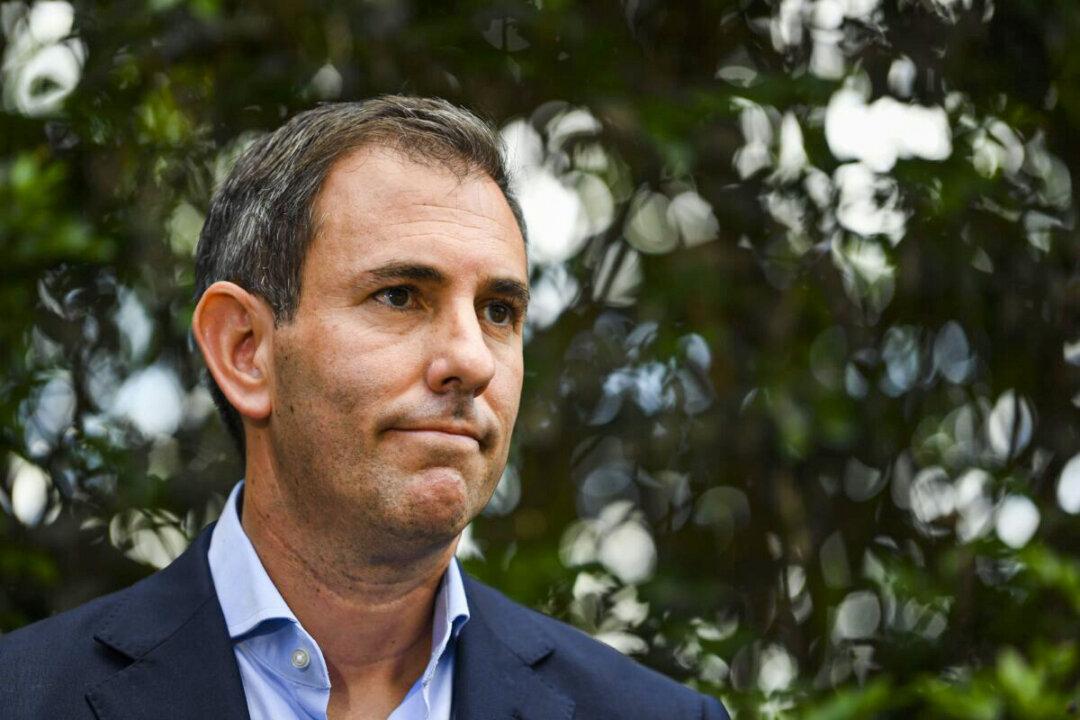Australia’s Treasurer Jim Chalmers argues a short-term boost in migration numbers is not the silver bullet to workforce shortfall as an industry leader urges the government to allow up to 200,000 overseas migrants to come to Australia a year to fill job vacancies.
It comes as more than 100 business leaders, unions and state governments prepare to meet in a two-day summit to be held at the beginning of September at Parliament House in Canberra. Chalmers has revealed that the suggestions raised at the summit will likely impact the October federal budget.




